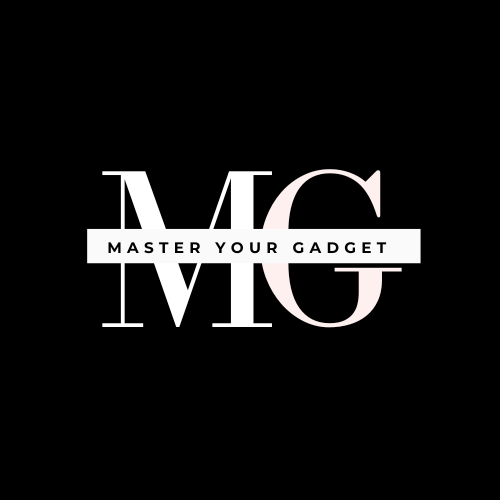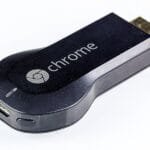Universal Serial Bus (USB) connectors have become a ubiquitous part of modern technology, enabling everything from data transfer to power delivery across a wide range of devices. As technology evolves, so do the types and capabilities of USB connectors. Here’s a comprehensive look at the different types of USB connectors, recent trends, and key statistics that highlight their importance in today’s digital landscape.
Types of USB Connectors
USB-A: The most recognizable and traditional USB connector, USB-A is often used for peripherals like keyboards, mice, and flash drives. Despite its long-standing presence, USB-A is slowly being phased out in favor of more versatile connectors.
USB-B: Typically used in larger devices like printers and scanners, USB-B connectors come in several variations, including the standard and mini versions. While USB-B is less common in newer devices, it remains in use for many existing peripherals.
USB-C: The latest and most versatile USB connector, USB-C supports high-speed data transfer, video output, and power delivery. It’s quickly becoming the standard connector for modern devices, from laptops to smartphones, due to its reversible design and multifunctionality.
Micro-USB: Previously popular in smartphones and tablets, Micro-USB connectors are being replaced by USB-C in many new devices. However, they remain prevalent in various gadgets and accessories.
Mini-USB: An older standard primarily used in digital cameras and portable devices, Mini-USB is largely being replaced by Micro-USB and USB-C.
Recent Trends in various types of USB connectors
Growth of USB-C: USB-C is rapidly becoming the dominant connector type. According to a report by Statista, the global market share of USB-C ports in laptops was around 75% in 2023, up from just 32% in 2018. This trend highlights the growing adoption of USB-C for its versatility and improved performance.
Adoption in Smartphones: Survey by Canalys revealed that 89% of new smartphones launched in 2023 featured USB-C connectors. This represents a significant shift from previous years when Micro-USB was more common. The move to USB-C aligns with efforts to standardize charging across devices and reduce electronic waste.
Power Delivery Capabilities: These types of USB connectors supports the USB Power Delivery (PD) standard, allowing for up to 100 watts of power transfer. This capability is particularly beneficial for charging laptops and other high-power devices. A report by the USB Implementers Forum (USB-IF) noted that devices with USB-PD support saw a 45% increase in sales from 2021 to 2023.
Data Transfer Speeds: USB 3.2 and USB4 standards, which are often implemented through USB-C connectors, offer impressive data transfer speeds. USB 3.2 can transfer data at up to 20 Gbps, while USB4 supports speeds of up to 40 Gbps. The increasing adoption of these high-speed standards reflects the growing demand for faster data transfer in various applications.
Consumer Preferences: A survey by TechRadar found that 68% of consumers prefer USB-C connectors for their devices due to their reversible design and universal compatibility. This preference is driving manufacturers to adopt USB-C as a standard across a wider range of products.
Key Considerations
Compatibility Issues: As USB-C becomes more widespread, compatibility with older USB-A and USB-B devices can be a challenge. Adapters and hubs are often needed to connect legacy devices to newer systems, which can add to the cost and complexity of using USB-C.
Quality and Standards: Not all USB cables and connectors are created equal. Ensuring that you use certified cables and adapters is crucial for achieving optimal performance and avoiding potential damage to your devices.
Future Developments: The USB standard continues to evolve, with ongoing developments in areas such as data transfer speeds and power delivery. Keeping abreast of these changes can help you make informed decisions about your technology needs and investments.
All types of USB connectors have come a long way from their early days, with USB-C emerging as a versatile and increasingly prevalent standard. The latest statistics highlight the growing adoption of USB-C and its advantages in terms of data transfer, power delivery, and universal compatibility. As technology continues to advance, understanding these trends and statistics can help you navigate the evolving landscape of USB connectors and make the most of your digital devices. Whether you’re upgrading your technology or simply curious about the latest trends, staying informed about USB connectors is key to optimizing your tech experience.
You must buy your laptop/phone/or any device with proper type of connector. Speed and technology has an important role to play.









